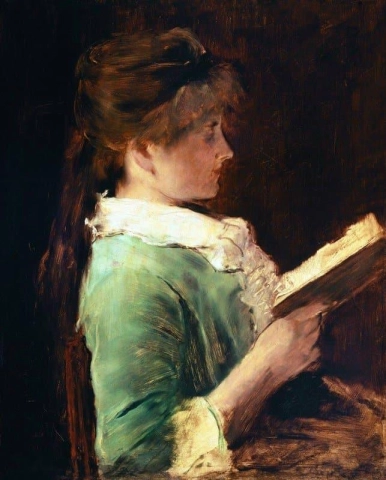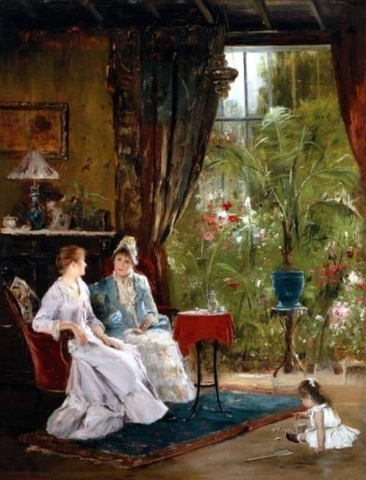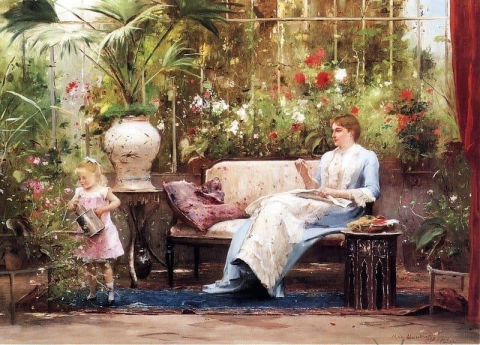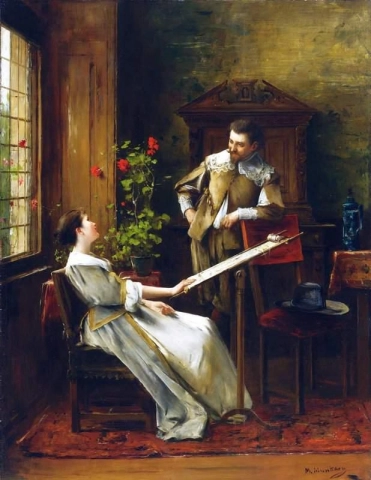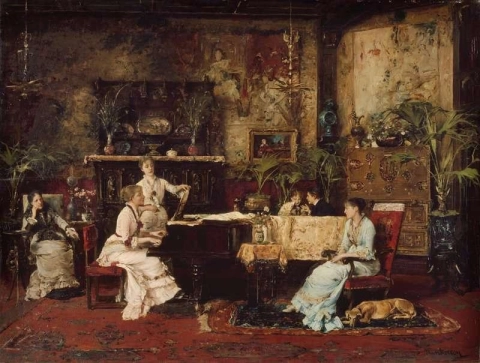
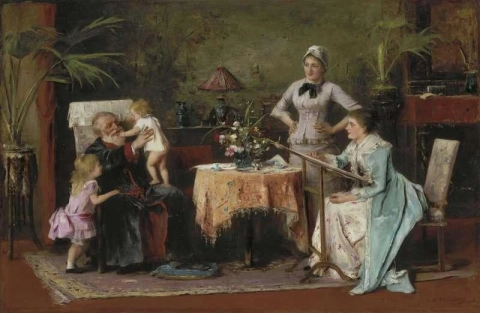
Hand painted reproductions of Munkacsy Mihaly
Munkácsy Mihály: A Master of Dramatic Realism and Hungarian Heritage
Munkácsy Mihály (1844–1900) was a Hungarian painter celebrated for his emotionally charged works and grand historical compositions. Known for his ability to infuse scenes with depth, drama, and realism, Munkácsy’s art left an indelible mark on 19th-century European painting.
Early Life and Artistic Development
Munkácsy Mihály, born as Michael von Lieb in Munkács, Hungary, in 1844, came from humble beginnings. Orphaned at a young age, he worked as a carpenter before pursuing his artistic ambitions. Munkácsy studied art in Budapest, Vienna, and later in Munich and Düsseldorf, where he developed his technical skills and an affinity for Realism.
His breakthrough came in 1869 with the painting The Last Day of a Condemned Man, which won acclaim at the Paris Salon. The work’s intense emotion and narrative depth established Munkácsy as a rising star in European art circles.
Style and Technique
Munkácsy’s artistic style is characterized by a fusion of dramatic realism and emotional storytelling. He excelled in capturing human emotions, often through powerful compositions and skillful use of chiaroscuro to create mood and focus.
His oeuvre includes a variety of themes, from intimate genre scenes depicting Hungarian rural life to monumental historical and religious works. Paintings like Christ Before Pilate and Ecce Homo showcase his ability to convey both grandeur and profound spirituality.
Munkácsy’s technique involved rich, layered brushwork and an exceptional command of light and shadow, lending his works a dynamic and lifelike quality.
Legacy and Recognition
During his lifetime, Munkácsy was one of the most celebrated artists in Europe, earning numerous accolades and enjoying patronage from prominent collectors. His works were exhibited across Europe and America, cementing his reputation as a master painter.
Today, Munkácsy is regarded as a national treasure in Hungary, and his works are preserved in major museums and collections worldwide. His art continues to inspire for its technical brilliance and ability to connect viewers with the human experience.
Own a Handcrafted Oil Painting Reproduction of Munkácsy Mihály’s Masterpieces
Bring the drama and realism of Munkácsy Mihály’s masterpieces into your home with a handcrafted oil painting reproduction. Each piece captures his meticulous brushwork, emotional depth, and compelling narratives, offering a window into 19th-century Hungarian artistry.
Imagine owning an original-style painting by one of the greatest artists in history. At POD, we offer you the chance to make this dream a reality. Each canvas is faithfully reproduced down to the smallest detail, allowing you to experience the beauty of the artist’s vision in your own home.
Our reproductions are crafted by experienced painters using the finest materials and time-honored methods. We are committed to delivering works of exceptional quality that will inspire and bring joy to your family for generations to come.

